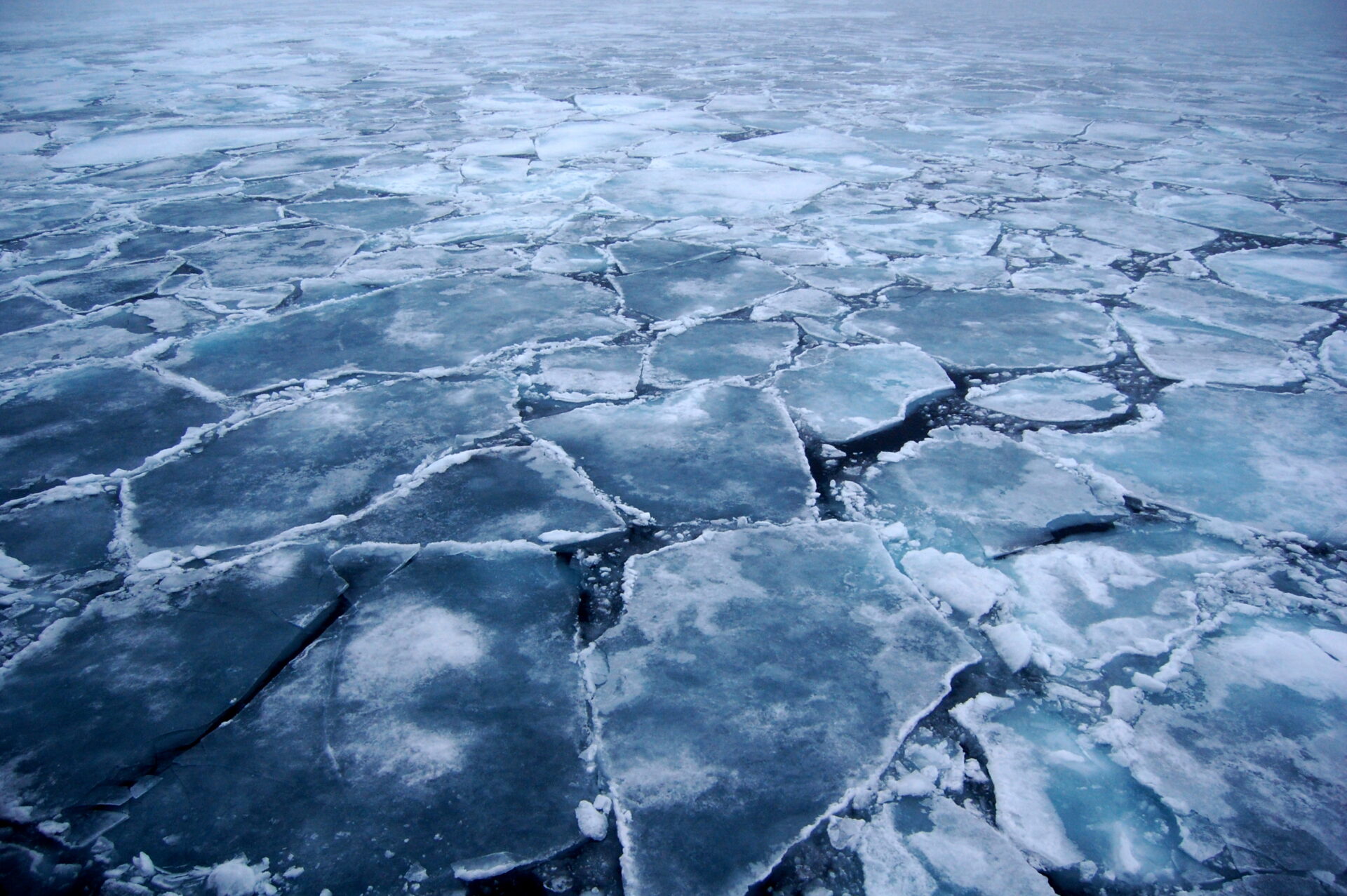Lassonde prof on climate change and melting of Greenland ice sheet

The Greenland ice sheet is no longer capable of acting as a sponge for glacier meltwater which is contributing to rising sea levels, says a new study from Lassonde Professor William Colgan at the Department of Earth and Space Science and Engineering.
Professor Colgan is a co-author of a newly published study in the journal Nature Climate Change. The study analyzed data from three expeditions to the Greenland ice sheet in 2012, 2013 and 2015 in conjunction with the Geological Survey of Denmark and Greenland and University of Colorado at Boulder.
Professor Colgan spent five weeks with the team in 2013 drilling firn cores in the interior of the Greenland ice sheet. Firn is multi-year compacted snow that is not as dense as glacier ice. Instead, it forms a porous near-surface layer over the ice sheet. The team set up several camps and drilled a series of shallow firn cores about 20 metres deep during their time on the ice sheet.
“We were interested in the thin porous near-surface firn layer, and how its physical structure is changing rapidly with climate change,” said William Colgan. “The study looked at very recent climate change on the ice sheet, how the last couple of years of melt have really altered the structure of the ice sheet firn and made it behave differently to future melt.”
The team was surprised by what they found. An extreme melt that occurred in 2012 caused a layer of solid ice, several metres thick, to form on top of the porous firn in the low elevation areas of the ice sheet.
“In subsequent years, meltwater couldn’t penetrate vertically through the solid ice layer, and instead drained along the ice sheet surface toward the ocean,” said Colgan. “It overturned the idea that firn can behave as a nearly bottomless sponge to absorb meltwater. Instead, we found that the meltwater storage capacity of the firn could be capped off relatively quickly.”
Because the models scientists use to project Greenland’s sea-level rise contribution do not presently take firn cap-off into consideration, it means that Greenland’s projected sea-level rise due to meltwater runoff is likely higher than previously predicted.
Read more about the study.
Hear William Colgan speak about the study on RCI CBC.
Watch video about the changes in Greenland ice sheet firn.